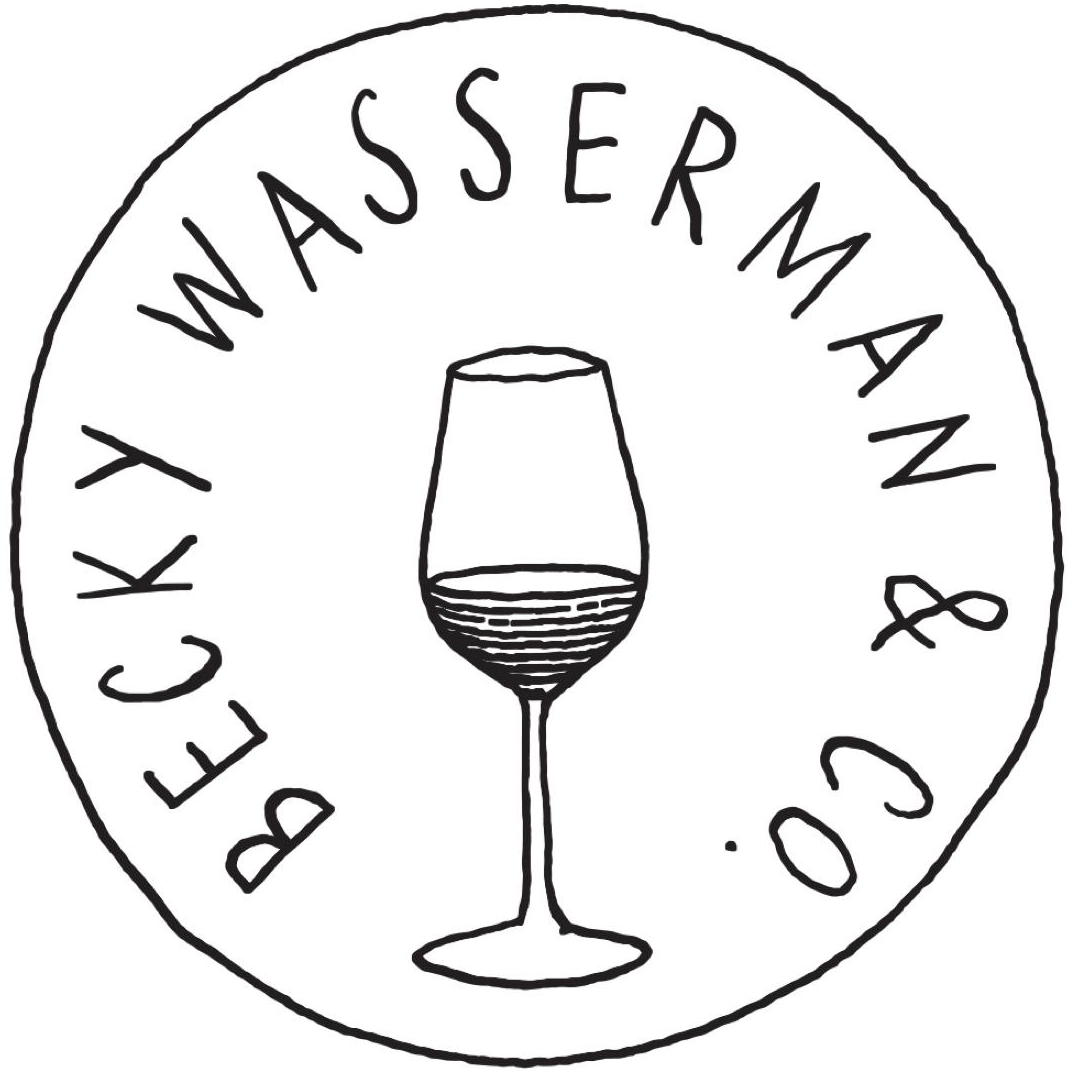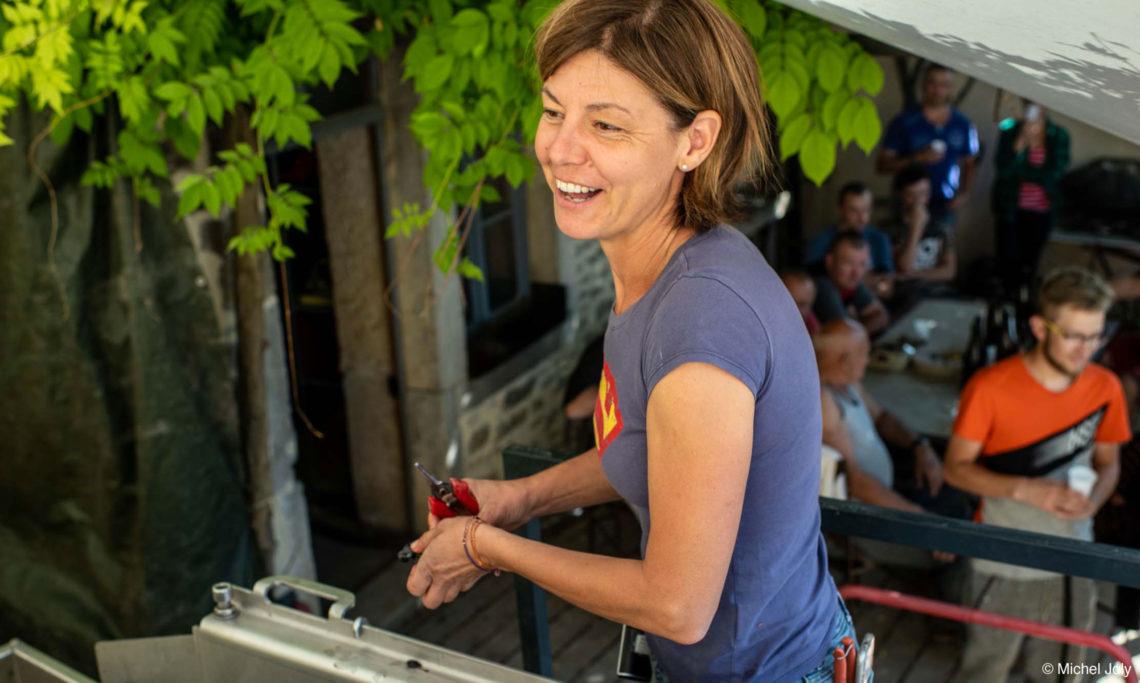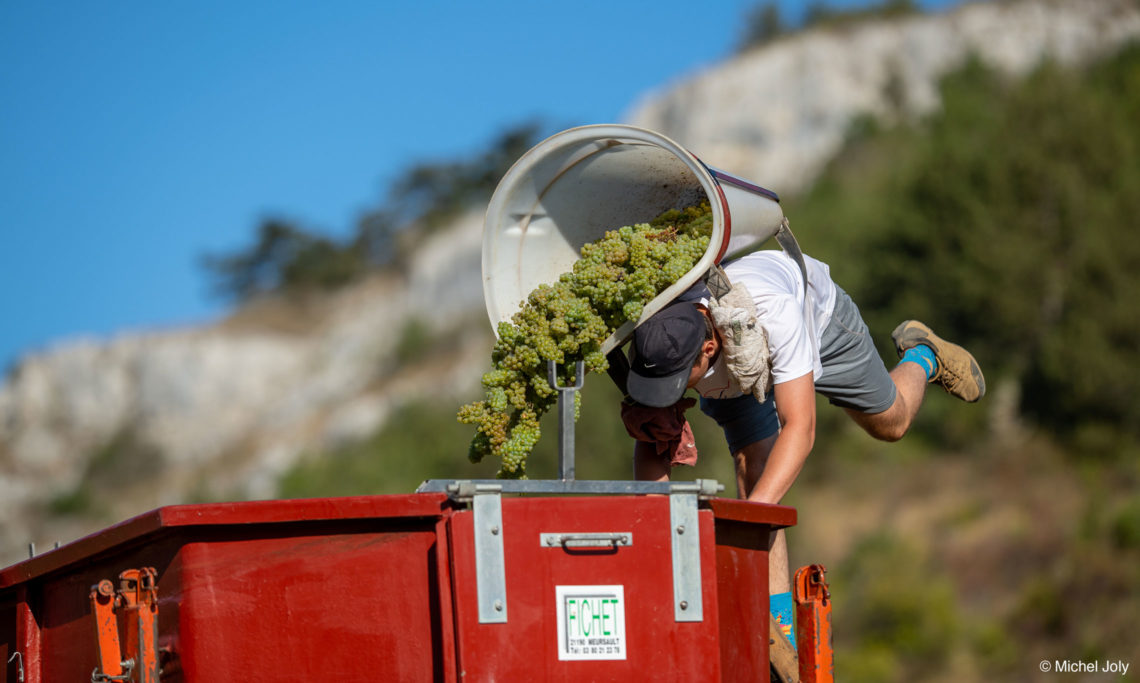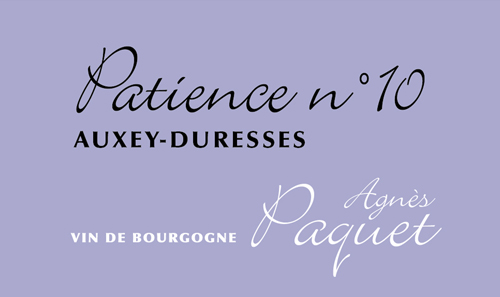Domaine Profile
- Location: Meloisey, Côte de Beaune, Burgundy
- Size: 13.00 ha (32.12 ac)
- Varieties: Pinot Noir, Chardonnay, Aligoté
- Viticulture: Organic (Ecocert, 2022)
- Vinification: Ambient yeast fermentation, aged in stainless steel tanks and barrels, proportions and duration varies by cuvée and vintage.
Biography
Agnès Paquet is not your average Burgundian vigneronne. Although her family has owned vineyards near Beaune since the 1950s, she is the first generation to produce wine from their fruit. The story begins with her grandparents, who first purchased vines and immediately rented them out to local winemakers. Her parents followed suit, and in her early years, Agnès thought to eventually do the same. However, three years into business school, an internship at a California barrel cooperage coupled with her growing interest in wine caused her to question her life’s trajectory.
Upon returning to Burgundy in 1995, Agnès adjusted her college major to incorporate wine, though the focus remained on business. Around the same time, her parents were debating whether or not to sell the vineyards—and a slight sense of panic settled in Agnès. “I thought it was a shame to sell them because we are in Burgundy, and we are so lucky to own vines,” she recalls. “That was the moment I made the decision to become a winemaker.”
Though the transition wasn’t as swift as it sounds. “It was kind of a challenge, as I’d never worked in vineyards before,” Agnès recalls, describing her 21-year-old self as “a bit crazy.” She went back to school for nine months to learn the basics, though the most profound lessons were ultimately learned by simple trial and error. “At the time, I don’t think I realized how big the challenge was. It was probably better not to realize!” she exclaims, stating that had she known the difficulties ahead, she likely would’ve kicked winemaking to the curb. To make matters even more complicated, Agnès additionally faced the challenge of taking back the family vineyards from long-term renters, as well as being a solo female winemaker, from no viticultural lineage, nonetheless, in the early 1990s.
Without family members to learn from, Agnès found herself quite alone in the beginning. “There was sexism. It was a masculine world, and I think if my parents were winemakers, it would've been easier for me. I would’ve had an in,” she explains, recalling countless moments of being dismissed and ignored. However, it was Jean-Pierre Charlot of Domaine Joseph Voillot in Volnay who took a chance on young Agnès, whom she describes as her professeur d’oenologie.
Thankfully, things have very much changed. There’s a new spirit in Burgundy, and people really do accept aspiring winemakers who aren’t from winemaking families,” she says.
So what sparks a Beaune native’s wine interest so late in life? In the case of Agnès, her business school friends. “I had a very close group of friends, and although we were young, we really liked drinking wine—not just drinking it, but tasting it and thinking about it,” she remembers. The group regularly got together to taste and discuss wines. Perhaps the biggest irony of all is that of their group of six, only three continued to pursue business. “The other three of us are working in wine!” she laughs.
Farming
Agnès eschewed the use of herbicides in 2004 and has been farming organically for several years. At first, Agnes did not believe that certification was necessary but she has since changed her mind, for the sake of transparency and quelling any doubts. She applied for certification in 2017, and 2021 will mark the first official organic certification for all 13 hectares of Agnès’ vineyards.
Agnès has implemented other changes, most notably her style of pruning. She now uses Guyot Poussard, a technique that encourages a bilateral movement of sap within the vines. Milk and whey trials are also underway, with hopes of reducing the amount of sulfur in the vineyards. Sheep have been introduced to the property, and certain parcels are worked mostly by horse. She has increased the height of her canopy and is not hedging some parcels.
Team
Agnès has two year-round employees working in the vineyard and a third one coming this July, plus two office employees for a total of five full-time workers, both men and women. “It's a very small team and everyone is very involved at the domaine,” Agnès says. “I trust every person and I’ve finally succeeded in delegating things, which I couldn’t do in the past.” During harvest, she employs seasonal workers to assist. Most come from Poland and return year after year.
Winemaking
Sparkling
“Ali Boit Boit et les 40 Buveurs” is Agnès’ sparkling Aligoté which is a Méthode Ancestrale or a pet-nat, depending on how dogmatic you are about the latter. Grapes are pressed and begin fermenting naturally in tank without sulfur additions, then continue to ferment in bottle under crown caps, and stop naturally at 8 or 9% alcohol. (Residual sugar varies; it was 5 g/L in 2020.) Agnès did get tired of losing so much wine to gushing because of the yeast cells in the bottle; she now filters them out. 10 ppm sulfur is added just before the new crown cap is applied.
White Wine
Whole clusters are crushed before pressing. The press cycle is 1.5 hours in the pneumatic press, 3 hours in the mechanical press. Fermentations proceed with ambient yeast and no sulfur additions. There is no bâtonnage during ageing, which lasts 12 months before racking, except for “Patience” which is aged for 20 to 24 months. The Bourgogne is aged in stainless steel tanks and some barrels. The other whites are aged in barrels, many of which are larger formats (350 to 500L). The proportion of new oak varies from none to 30%. The first additions of sulfur are after malolactic fermentations —later if the cellars are still cold. After racking, most whites age for a further four months to settle. Agnès prefers to avoid filtration. Fining —or not— is based on a blind tasting.
Red Wine
Grapes are picked in very small (12 kilogram) cases and fermented with varying amounts of whole bunches (0% in Hautes-Côtes, 25-40% in Auxey-Duresses). A higher amount of whole bunches are included in riper vintages. The grapes are cooled to 12°C for four days, then are left to ferment with ambient yeast. Some sulfur is added to the grapes. From 2001 to 2007, Agnès preferred remontages over pigeages but she switched to pigeage in 2008. “I think that pigeage creates a smoother wine,” she says. Pigeage is done by foot once or twice a day starting towards the middle of fermentation, for a total of 15 to 20 pigeages. Sulfur is added when malolactic fermentation is complete, later if it is not needed. The wines are aged in barrels for one year, 10-15% of which are new, then racked to tank, where they rest for two months prior to bottling. There is generally no filtration or fining.
Wines
-
Sparkling
-
White
-
Red



